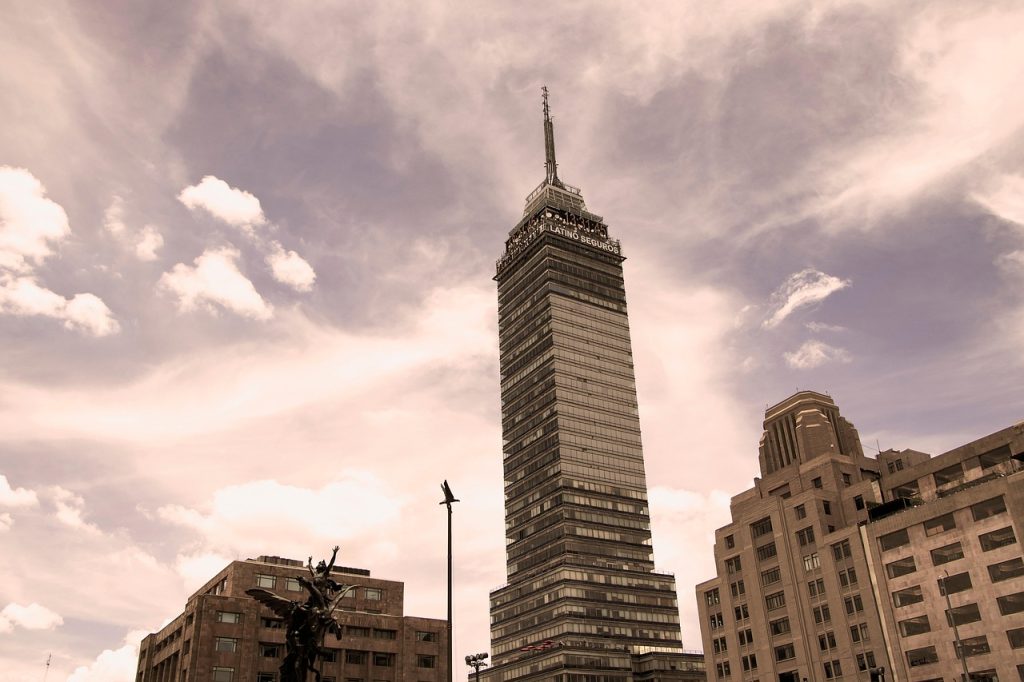Mexico City’s culinary landscape is undergoing a transformation, driven primarily by an influx of American tastes and trends. This reshaping of the food scene has sparked a spectrum of emotions among locals, from intrigue to outright indignation. As traditional Mexican dishes make way for trendy adaptations and imported culinary concepts, the city is becoming a hotbed of gastronomic fusion. This evolution mirrors the broader global trend of cultural intermingling within the food world, highlighting how local fare can morph under international influences.
The culinary metamorphosis in Mexico City is not without its controversies. Some locals revel in the novelty and diverse flavors that American and other foreign influences bring, while others lament the loss of authenticity and tradition. This tension is reflective of a broader debate on globalization and its impact on cultural heritage. Despite the divide, there’s no denying that this change has put Mexico City on the map as a dynamic food destination, drawing in curious palates from around the world.
Amidst this culinary upheaval, certain dishes have become viral sensations, much like the NYC dessert craze at Glacé. These gastronomic phenomena capture the imagination and taste buds of the public, creating a buzz that transcends borders. Such trends spotlight how a single dish can embody broader cultural shifts, serving as a testament to the power of food as a cultural connector according to The New York Times. As Mexico City embraces these changes, it continues to redefine its culinary identity, blending the old with the new in innovative ways.
This evolution raises an intriguing question: how can a city maintain its culinary roots while embracing the global flavors that attract international attention? The balance between preservation and innovation is delicate and ever-shifting. As Mexico City navigates this culinary crossroads, the dialogue between tradition and modernity will undoubtedly shape the future of its food scene. What role will local chefs and restaurateurs play in this dynamic landscape, and how will they contribute to the city’s evolving narrative?


